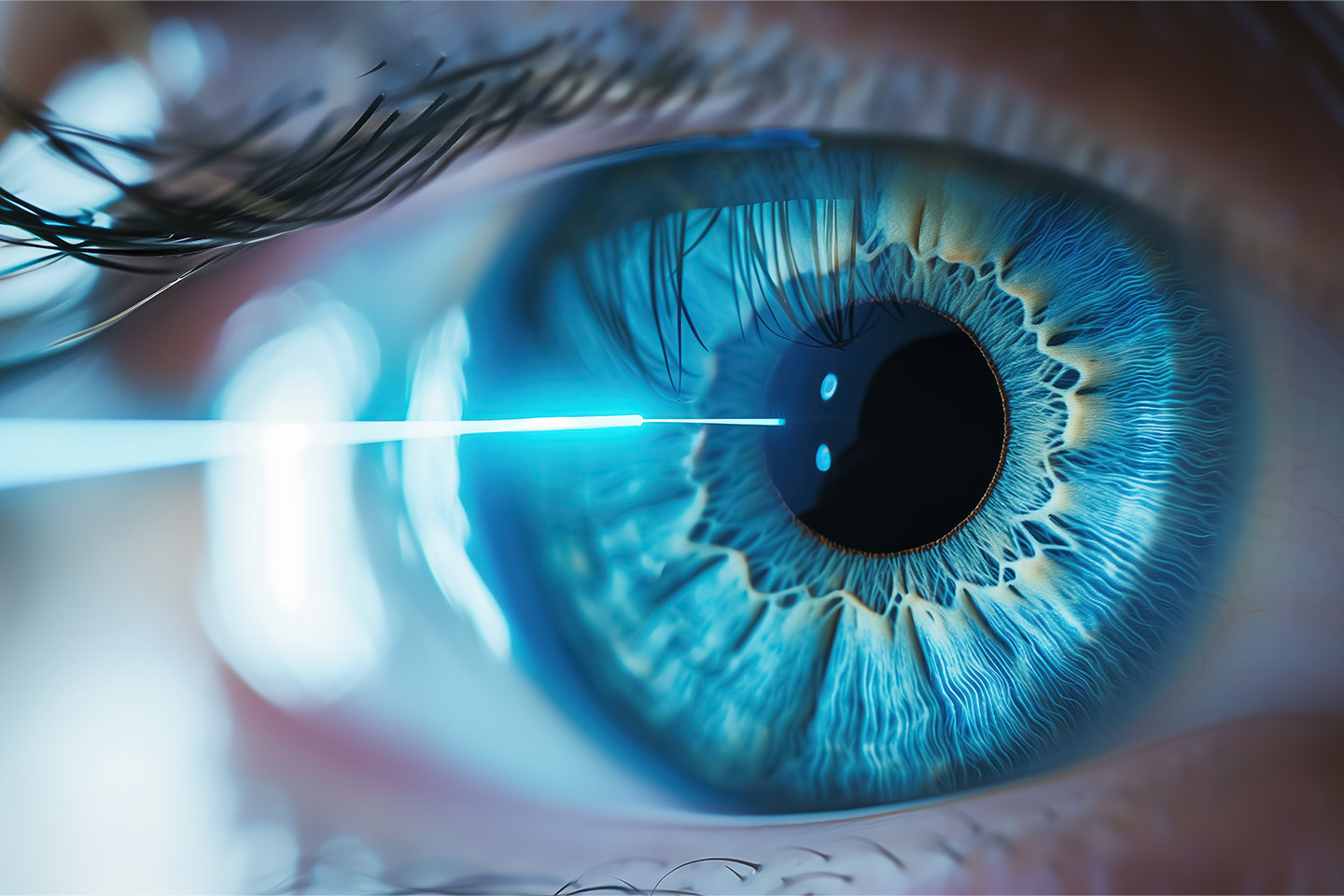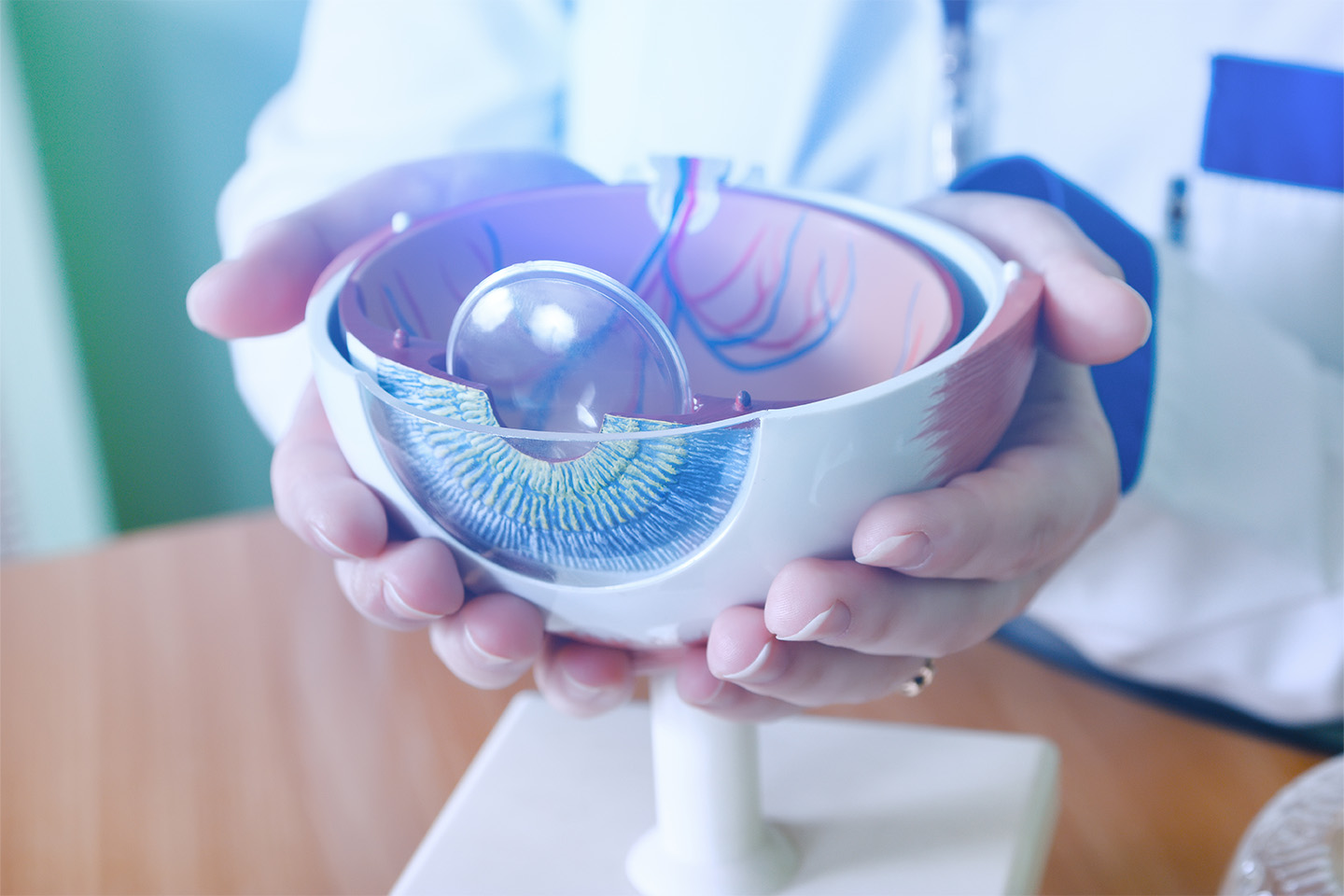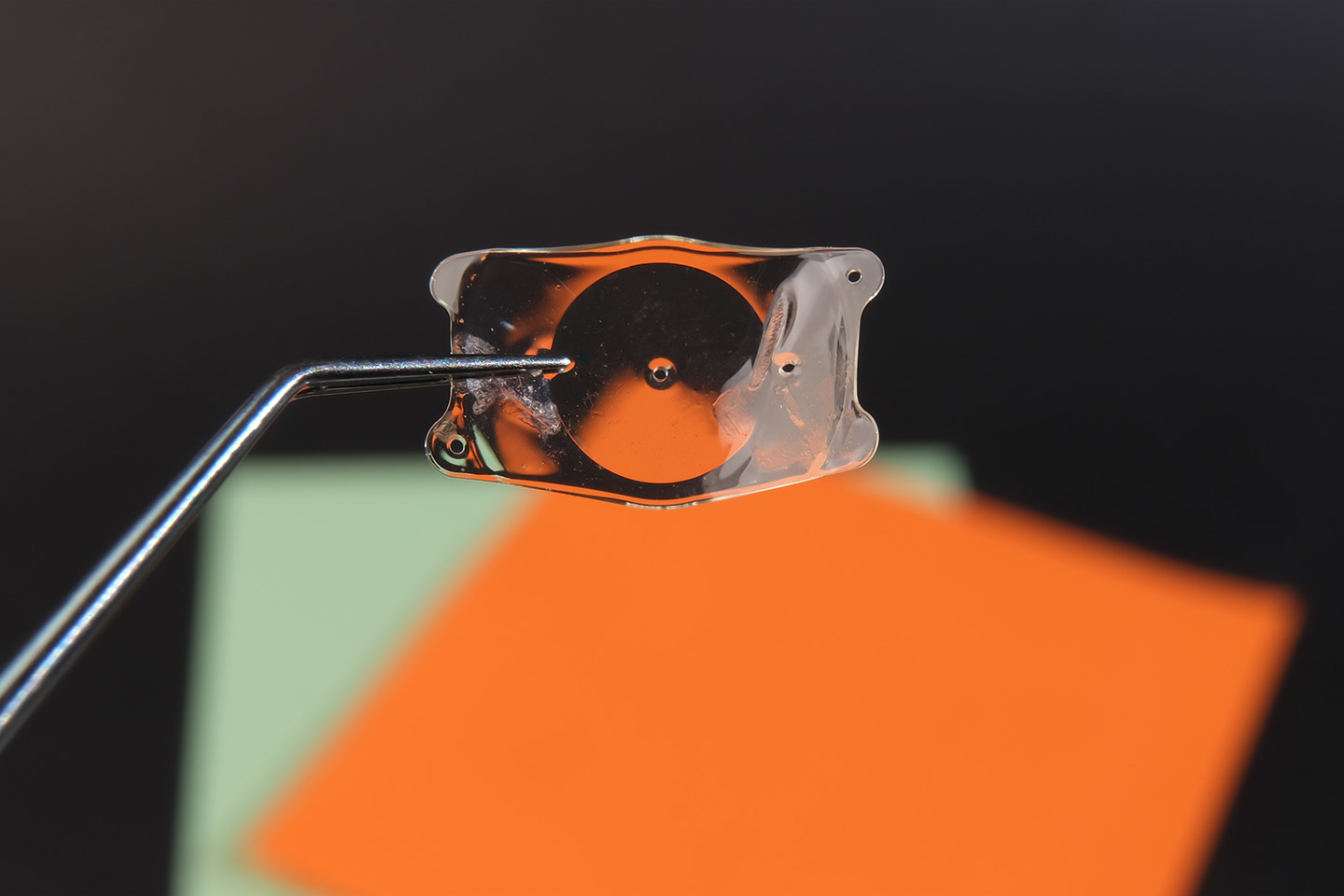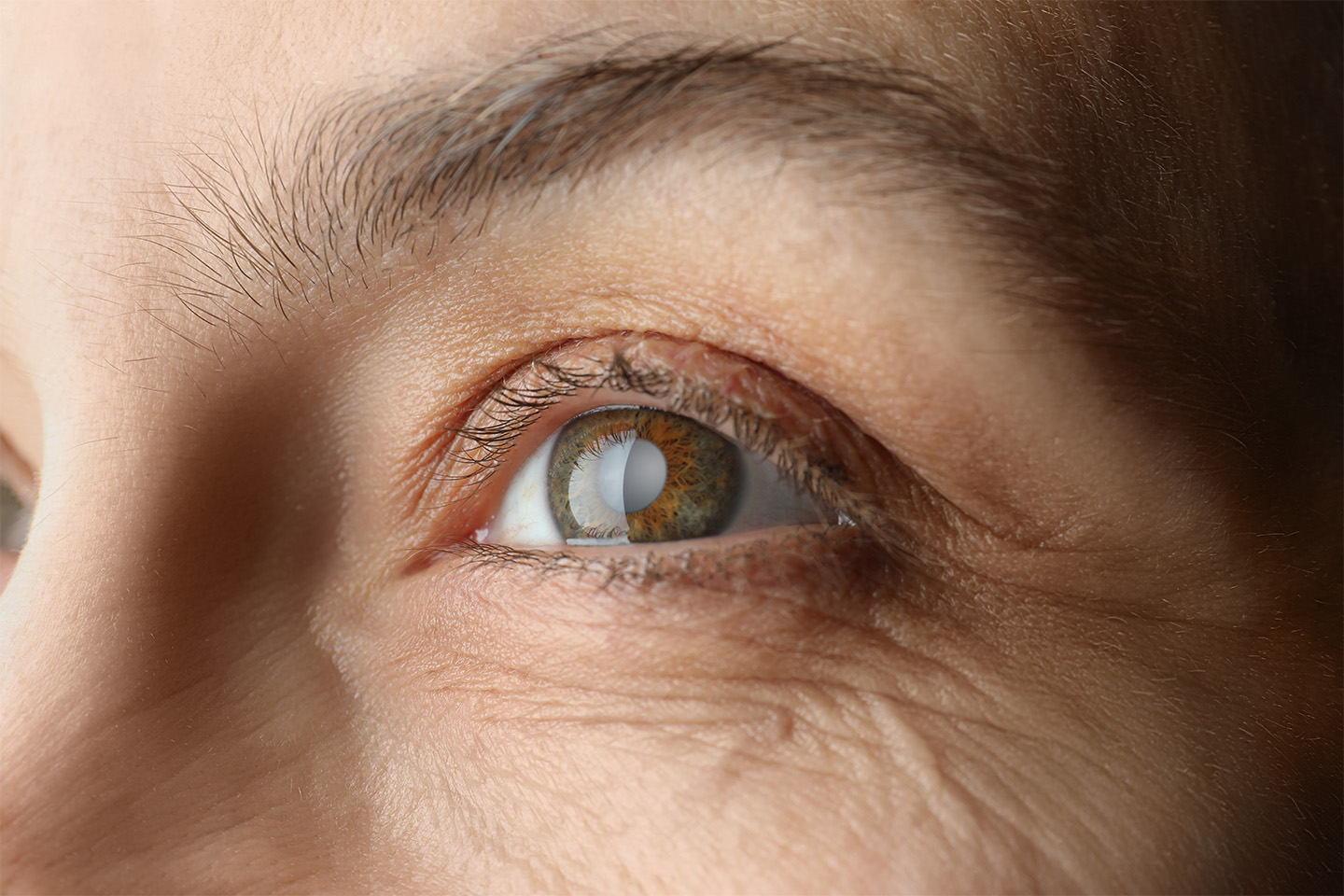How to Manage the Risks of High Myopia
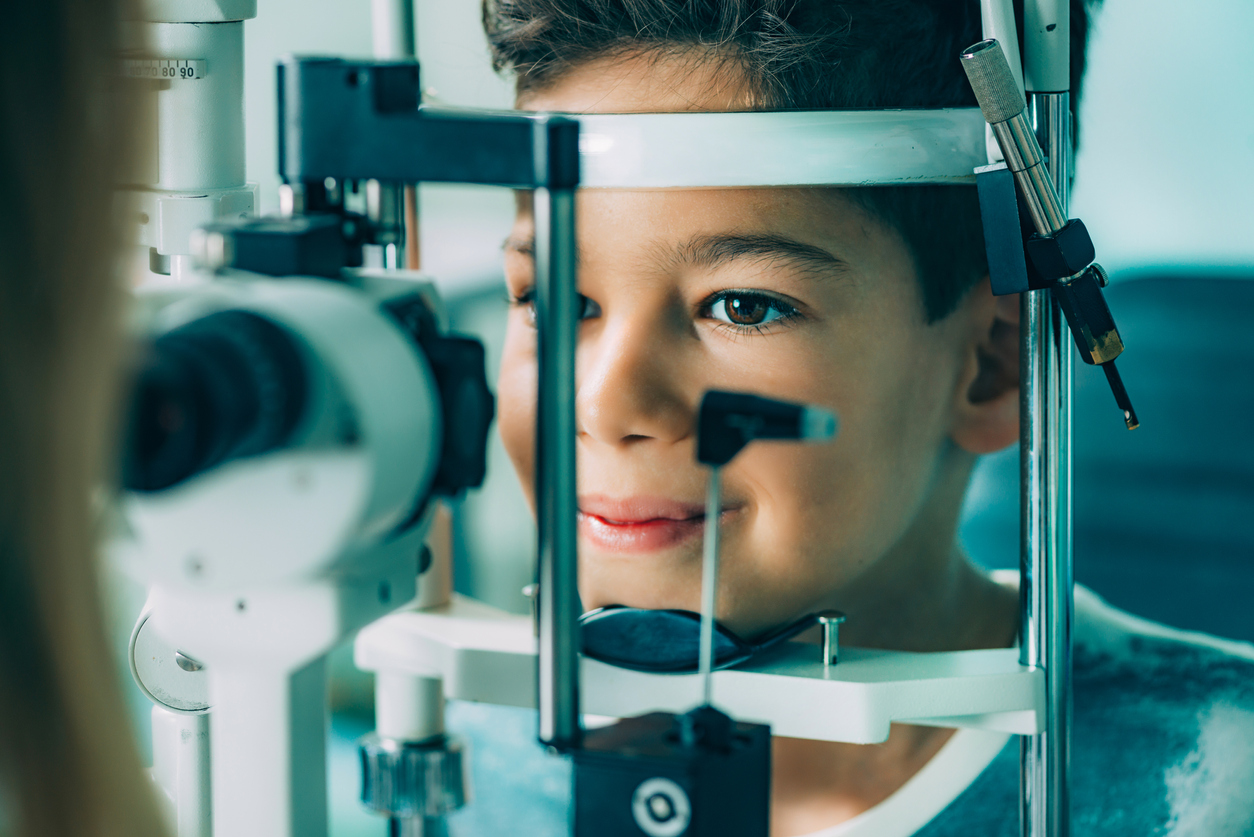
High myopia, also known as severe nearsightedness, is a condition that can lead to serious vision problems without regular check-ups.
When light enters your eye, the curvature of the lens bends the rays into focus. In healthy eyes, incoming light focuses directly onto the processing center at the back of the eye, called the retina. Your retina turns light into electrical impulses that your brain can perceive as images.
If the distance from your lens to your retina is too far — in other words, if your eye is longer than it should be — you will experience myopia, or nearsightedness. With myopia, incoming light focuses before it hits the retina. This makes it difficult for you to perceive objects that are far away, while objects near your eyes are more clearly visible.
What is High Myopia?
High myopia is the clinical term for severe nearsightedness. With high myopia, a person has significant difficulty focusing on objects that are far away.
Myopia is a relatively common condition affecting almost one in three adult Americans, and mild to moderate myopia usually requires little more than corrective lenses. High myopia, however, can be correlated with more severe eye disorders like glaucoma, cataracts, and retinal detachment.
Generally, a patient whose vision must be corrected with focal power greater than -5.00 diopters, or sometimes -6.00 diopters, is considered to have high myopia. A greater absolute value in diopters indicates an increase in the refractivity of your corrective lens.
What Are the Risks of High Myopia?
High myopia does not directly cause vision loss. However, the eye strain and elongation that corresponds with high myopia can lead to more severe eye conditions.
With any degree of myopia, patients are at risk of headaches and accidents related to impaired vision. In a small fraction of patients who suffer from a variety of myopia known as degenerative myopia, vision can rapidly deteriorate as you age. Degenerative myopia — sometimes referred to as malignant myopia — can cause legal blindness, retinal detachment, and other serious conditions. Degenerative myopia is usually hereditary, so if you or your child notices a rapid worsening of vision, consult an eye doctor immediately.
Even if your myopia is not degenerative, you still may experience an increase in vision problems. The most severe potential consequence of high myopia is retinal detachment, which occurs when your retina breaks from its connective tissue. Although retinal detachment is often caused by trauma to the eye, increasing elongation of your eyeball due to nearsightedness can also cause the condition.
In addition to retinal detachment, there is a correlation between high myopia and cataracts, which develop slowly and do not threaten your permanent vision. Cataracts cause a fogging of your lens, which can be corrected with minor surgery. Many eye doctors also observe a correlation between high myopia and increased risk of glaucoma.
Seeking Treatment
For patients with high myopia, there are many ways to mitigate the risks of the condition. Corrective techniques such as bifocal lenses, progressive lenses, and gas-permeable contact lenses are all effective in correcting myopic vision. Other procedures, like orthokeratology (therapeutic contact lenses) or LASIK surgery can offer a more permanent solution to high myopia.
At Kleiman Evangelista, our experienced doctors provide expert, patient-centered eye care at locations throughout the Dallas-Fort Worth Metroplex and Northeast Texas. Give us a call today to schedule an appointment.
Turn To The Top Eye Doctors In Texas
Check out one of our locations below for the best eye care near you:
[DISPLAY_ULTIMATE_SOCIAL_ICONS]



